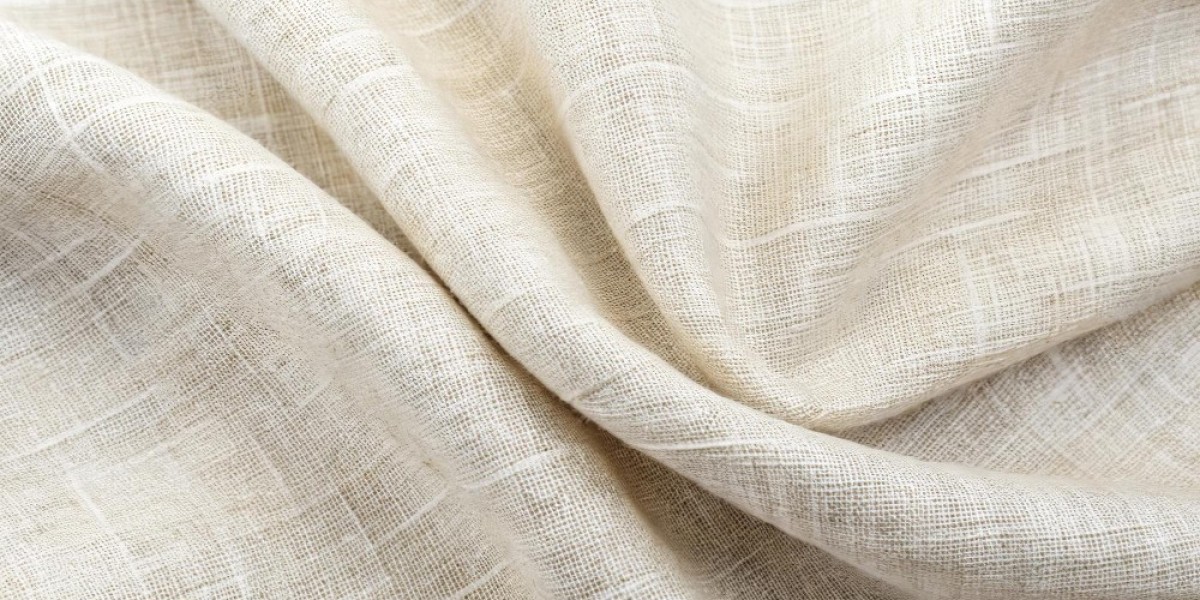For small fashion brands, fabric selection is a critical decision that impacts design, production, and brand identity. The right material must be versatile, cost-effective, and align with consumer values. Linen fabric presents a straightforward solution, simplifying the planning process for emerging labels. Its inherent qualities make it a practical and strategic choice, offering durability, sustainability, and adaptability that few other textiles can match. This post will detail why linen is a smart investment for small brands looking to streamline their operations and build a strong market presence.
The Sustainable Edge of Linen Fabric
Modern consumers are increasingly making purchasing decisions based on a brand's environmental commitment. Linen offers a compelling story of sustainability that small brands can leverage.
Derived from the flax plant, linen is one of the most eco-friendly textiles available. Flax requires significantly less water to grow compared to cotton and can thrive in poor soil without heavy reliance on pesticides or fertilizers. Every part of the flax plant can be used, which results in minimal waste. The production process for linen fabric is also less chemically intensive, further reducing its environmental impact.
For a small brand, aligning with sustainable materials like linen is not just an ethical choice; it is a powerful marketing tool. It allows you to connect with a growing segment of conscious consumers who are willing to invest in products that are made responsibly. By incorporating linen fabric into your collections, you build a brand identity centered on quality and environmental stewardship.
Versatility and Adaptability in Design
A key challenge for small brands is creating a diverse collection with a limited budget and inventory. Linen fabric excels in this area due to its exceptional versatility. It is a material that transitions smoothly across seasons and styles, making it a workhorse for any collection.
Linen's unique texture and drape allow it to be used for a wide range of garments. It can be tailored into structured pieces like blazers and trousers or crafted into flowing dresses and casual shirts. Its natural breathability makes it ideal for warm-weather apparel, while its ability to be blended with other fibers like wool extends its use into cooler seasons.
This adaptability means small brands can do more with less. Instead of sourcing multiple different fabrics for various designs, you can rely on linen fabric for a significant portion of your collection. This simplifies the procurement process and helps maintain a cohesive aesthetic. When you buy fabric online, look for suppliers that offer linen in various weights and finishes to maximize its potential for your designs.
Sourcing High-Quality Linen Fabric
Finding a reliable supplier is crucial for ensuring the quality of your final products. When you set out to buy fabric online, it is important to identify suppliers that specialize in high-quality materials and cater to the needs of small businesses.
Here are tips for sourcing high-quality linen fabric:
- Request Swatches: Before committing to a large order, always request swatches. This allows you to assess the fabric's weight, texture, color, and drape firsthand. A reputable supplier will have a straightforward process for ordering samples.
- Check for Certifications: Look for certifications like OEKO-TEX® or the European Flax® standard. These labels guarantee that the fabric meets specific environmental and quality benchmarks, adding credibility to your products.
- Evaluate Supplier Reputation: Choose suppliers with a proven track record of working with small to medium-sized brands. Platforms like Fabriclore offer a wide selection of linen fabric with transparent pricing and low minimum order quantities (MOQs), making them accessible for startups. Other options, such as Isee Fabric and Style Maker Fabrics, also provide selections for independent designers.
- Understand the Weave and Finish: Linen comes in different weaves, from plain to herringbone, which affect its texture and performance. Familiarize yourself with these variations to select the perfect linen fabric for each specific garment you plan to create.
By carefully vetting your suppliers, you can secure the high-quality linen fabric necessary to produce garments that meet your brand's standards and your customers' expectations.
Care and Maintenance for Lasting Garments
Educating your customers on how to care for their garments is an essential part of building brand trust. Linen is a durable material, but proper care ensures its longevity and improves its feel over time. One of the best qualities of linen fabric is that it becomes softer and more absorbent with each wash.
Provide your customers with these simple care instructions:
- Washing: Recommend washing linen in cold or lukewarm water on a gentle cycle. This prevents shrinkage and protects the natural fibers.
- Drying: Advise customers to air-dry linen garments by hanging them or laying them flat. If a machine dryer is necessary, use a low heat setting and remove the items while they are still slightly damp to minimize wrinkling.
- Ironing: Linen is known for its natural crinkles, which are part of its appeal. However, if a smoother look is desired, suggest ironing the garment while it is still damp.
By offering clear maintenance guidance, you help your customers preserve the quality of their purchases. This enhances their satisfaction and reinforces your brand's commitment to creating lasting products. Proper care extends the life of the garment, aligning with the sustainable principles of using linen fabric.
A Smart Choice for Growing Brands
For small fashion brands, strategic decisions are paramount. The choice of fabric directly influences design possibilities, production efficiency, and brand perception. Linen fabric offers a simple yet powerful solution that addresses many of the challenges faced by emerging designers.
Its sustainable credentials resonate with modern consumers, while its versatility allows for the creation of diverse and cohesive collections with a smaller inventory. By sourcing high-quality linen fabric and educating customers on its care, small brands can build a reputation for quality and responsibility. This makes linen not just a material, but a cornerstone of a smart business strategy. When looking to buy fabric online, placing linen at the top of your list is a move that supports both creative and commercial growth.








